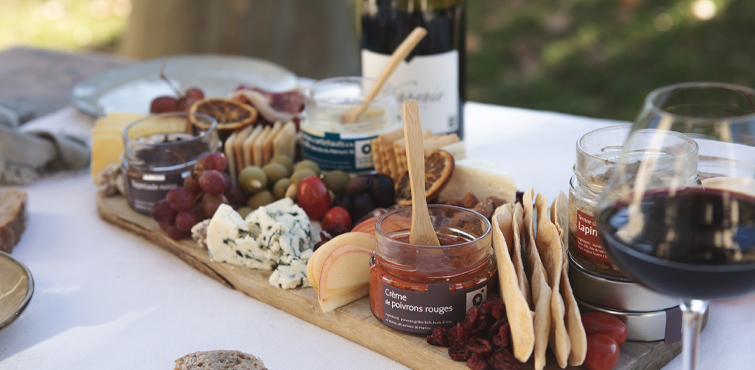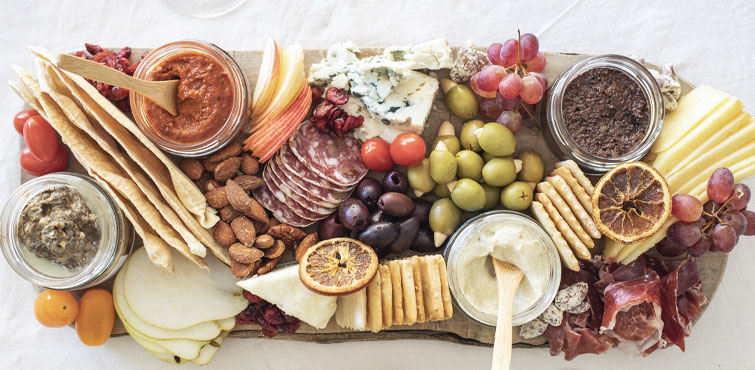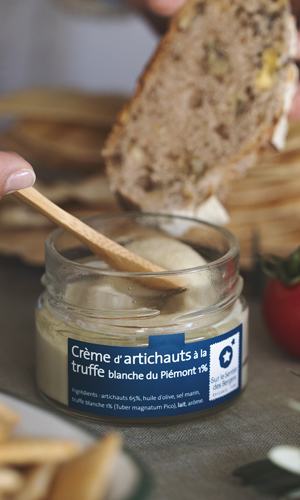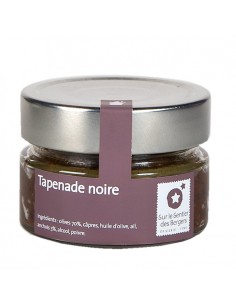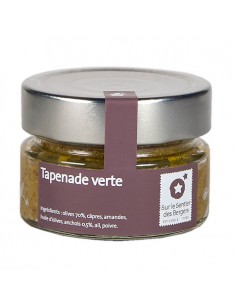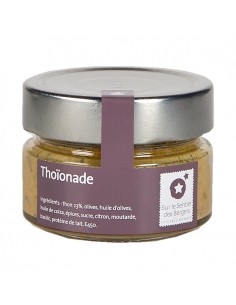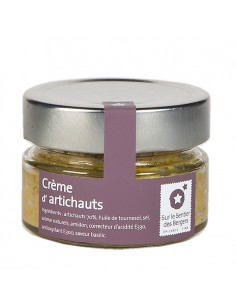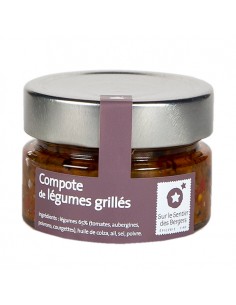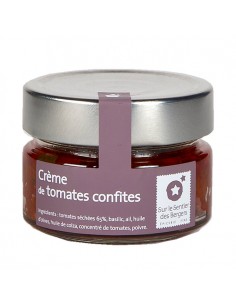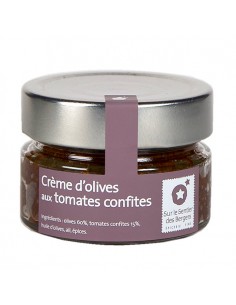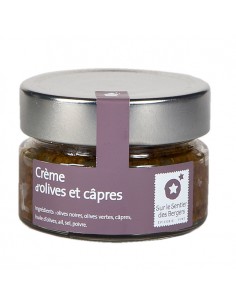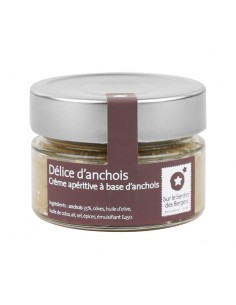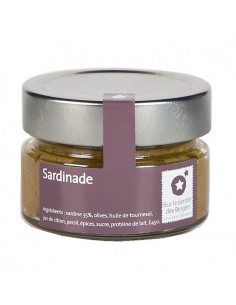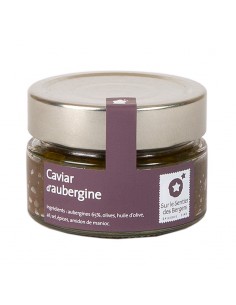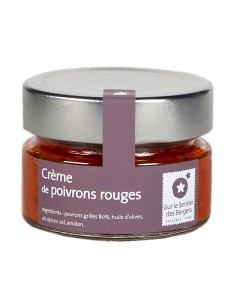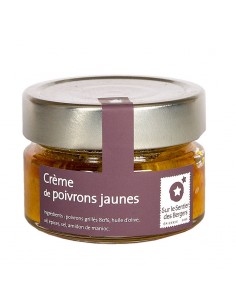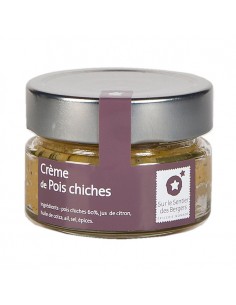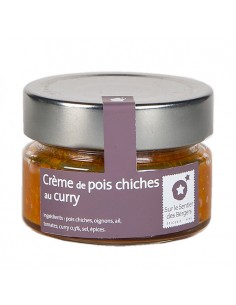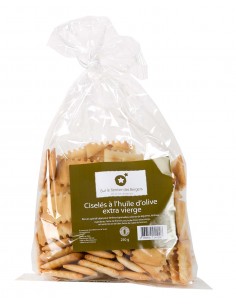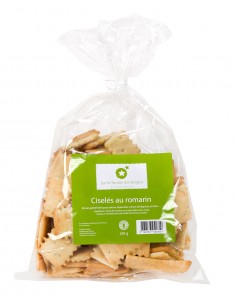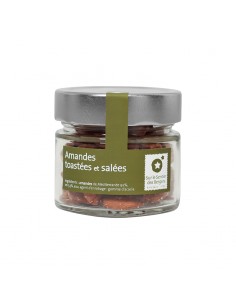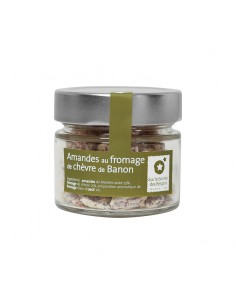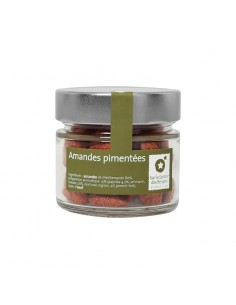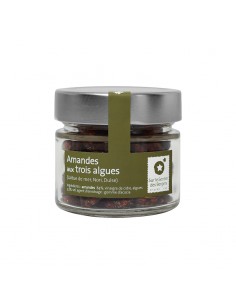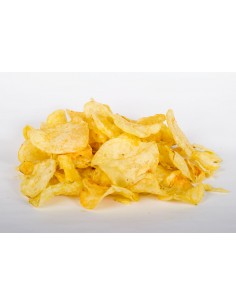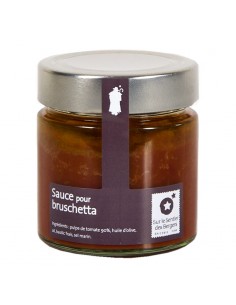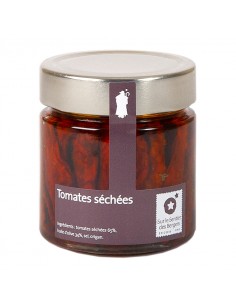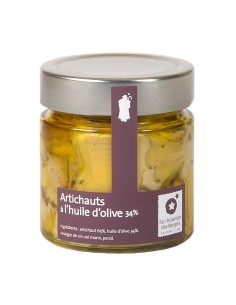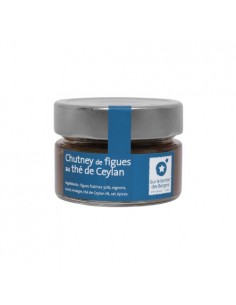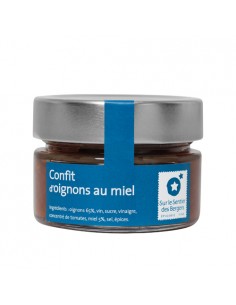More and more French people get together for an aperitif, because at the aperitif it's the freedom that counts, everyone tastes what they want, goes from one food to another, tests new products and in a fun way. Gourmet recipes, original aperitif breads such as rustic breadsticks or chopped breadsticks, crunchy vegetables, antipasti, cold meats, without forgetting of course the spreads made from vegetables or fish such as a good tapenade or thoïonade which are very successful and are growing rapidly. Or, gourmet truffle-based products for a more sophisticated aperitif are very fashionable. An artichoke cream with truffle is perfect for an aperitif.
In short, the aperitif is a ritual that marks the separation between work and relaxation. Among the French, it is synonymous with well-being and leisure. It is a moment of sharing where improvisation and spontaneity take place.
But back to the origins and history of the aperitif. The word "aperitif" comes from the Latin "apertivus" derived from "aperire" which means "to open", therefore to whet the appetite.
In the days of ancient Egypt, people shared a few dates and dried fruits daily while enjoying a lukewarm beer.
In ancient times, the Greeks, too, shared "symposions" which means "drinkers' meetings". These meetings were organized in two parts: drinks on one side and food on the other.
In the Middle Ages, aperitifs were reserved for people of the upper middle class. The serfs of the time drank alcohol for the aperitif because they believed that alcohol was a remedy and drank it only for medical reasons with strict respect for the hierarchy. Higher circles drank plant-based wines to aid digestion and stimulate appetite.
It was also in the Middle Ages that the toast before eating was born. Indeed, the lords toast twice because, afraid of the idea of dying poisoned, they thought that by toasting all the contents would mix and that if someone had put poison in their glass, he would have some in his. .
On the other hand, the habit of saying "tchin tchin" while toasting was born later. It comes from the British who were in China and who brought back a derivative of "tsing tsing" which means "hello".
Then the aperitif developed especially in the 16th century, during the Renaissance, an era with more refinement. At the tables of the nobility, wine kept the best place, followed closely by cognac. But what most marked this era was the arrival of the tapenade at aperitif time, it has since been a staple at aperitif time!
It was after World War II that the aperitif really became popular. Drinks consumed as an aperitif at the time are still essential today, such as cocktails of all kinds and different wines. The aperitif turns (finally) into a meal which even becomes a new concept: the dinner aperitif.
So it's official, the aperitif is a must. According to a study, 89.3% of French people regularly organize an aperitif and 63.6% of them prefer an aperitif dinner to a traditional dinner.
It is a moment of conviviality where everyone feels good and relaxed, indeed 98% of French people consider it a moment of human warmth that promotes exchanges where they can find their loved ones far from the rituals associated with the meal.


